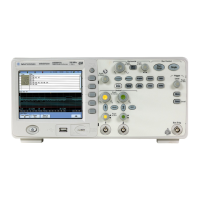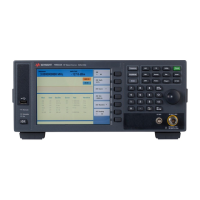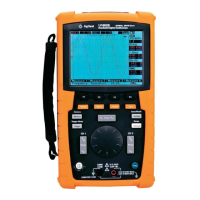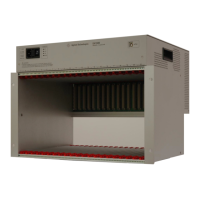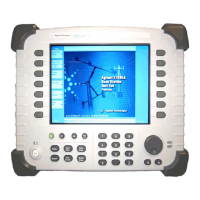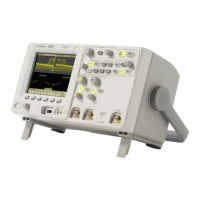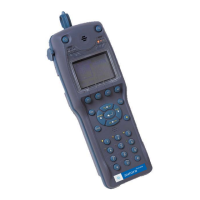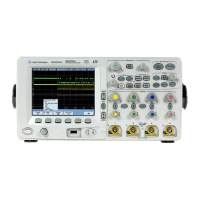Lesson 1 – Test Method Structure
412
where,
DataCategory: points to data to be accessed
Analog:Primary analog set (Currently-used analog module
conditions)
ANALOG(i):Existing analog set specified by a number (i)
Routing:For routing set or single routing setting
Module: points to analog module or routing hardware
AWG:AWG (for Analog or ANALOG(i))
DGT:Digitizer or Sampler (for Analog or ANALOG(i))
TIA:TIA (for Analog or ANALOG(i))
pin:Analog pin of DUT (for Routing)
util:Utility line (for Routing)
parameters: This depends on the Module
For AWG, DGT, and TIA of Analog or ANALOG(i),
Pin: DUT pin name enclosed by double-quotes (“).
coreNUM: Only if one front-end module is occupied by two
TIAs, this is used to specify which TIA to access.
For the AWG, digitizer, or sampler, or if one front-
end module is occupied by one TIA, you do not
have to specify this parameter.
For pin of Routing,
Pin: DUT pin name enclosed by double-quotes (“).
For util of Routing,
Util_name: Utility line name defined in the pin configuration
func-n: For Setup APIs, you can specify multiple functions with
comma “.”. For Result APIs, only one item can be
specified.
The following are examples to set conditions of the digitizer
connected to Vout pin of the DUT:
• Changing offset voltage to 0.5 V
Analog.DGT(“Vout”).vOffset(0.5 V);
• Changing offset voltage to 0.5 V and voltage range to 5 V.
Analog.DGT(“Vout”).vOffset(0.5 V).vrange(5 V);
The following is an example to get the measurement data from the
digitizer connected to the Vout pin of the DUT:
• Copying the measurement data to raw_data from the digitizer
